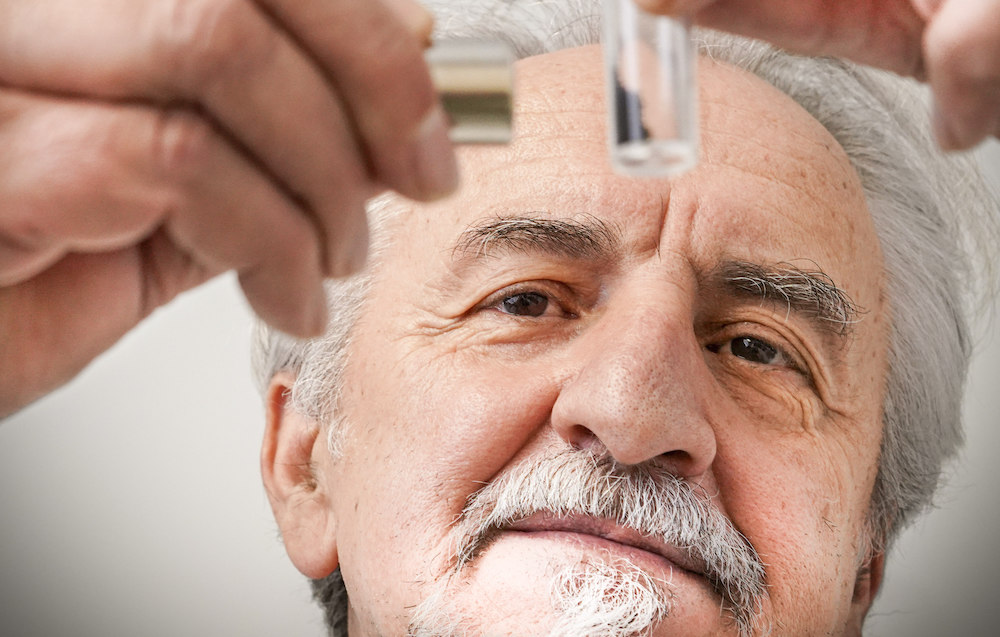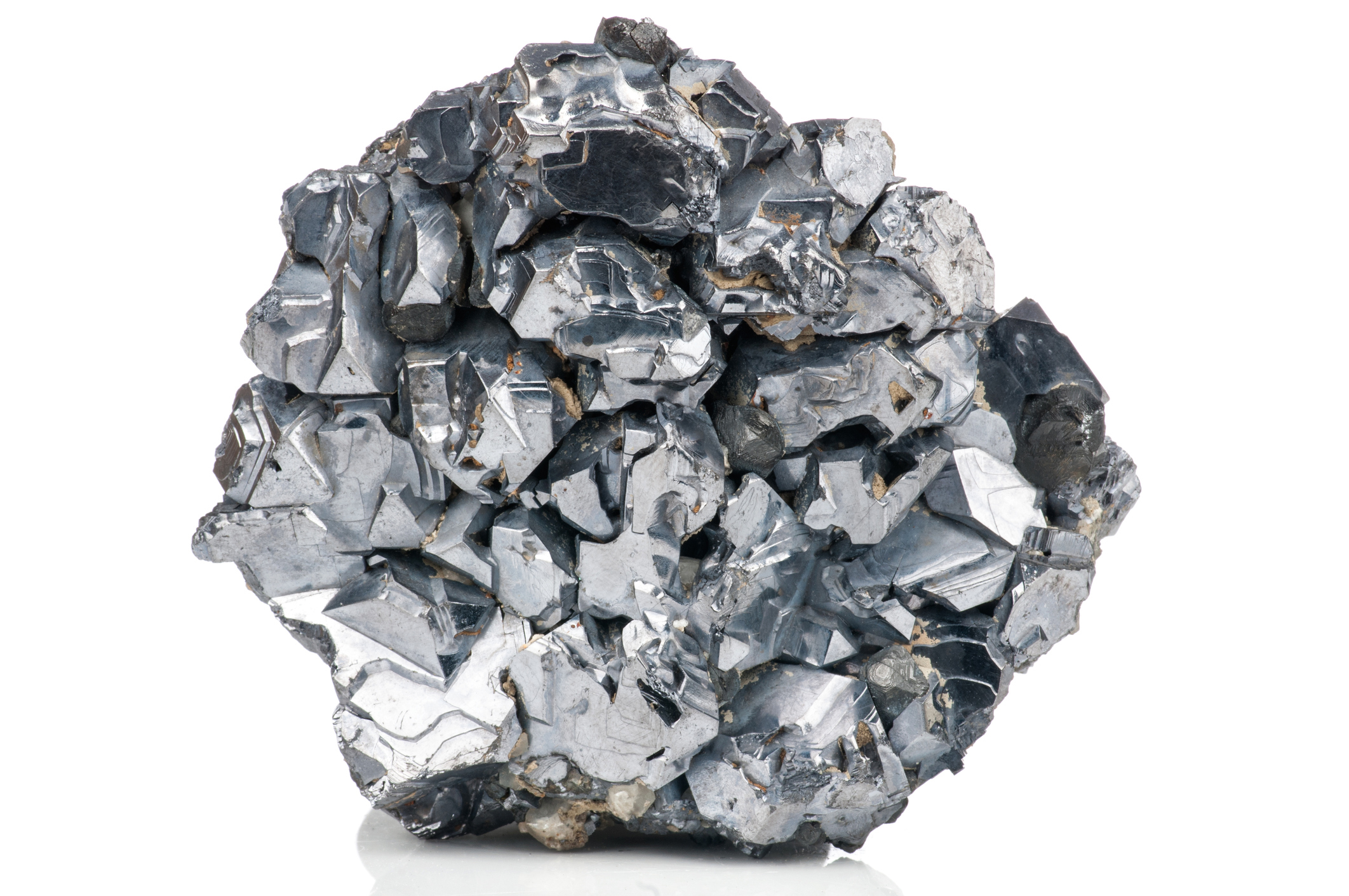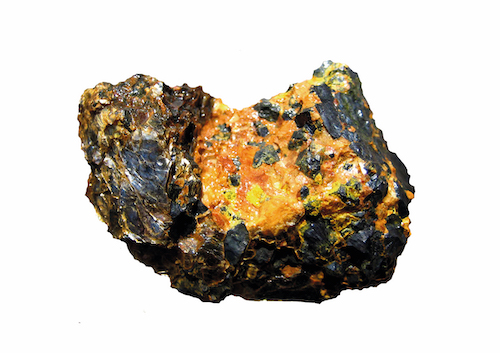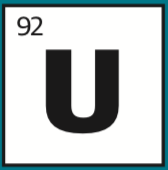Iron will to succeed
Magnetic iron oxide nanoparticles are a vital ingredient in the fight against COVID-19
SA iron is fighting COVID19. But not all is as it may seem. Magnetic iron oxide nanoparticles are a vital ingredient in modern medical diagnostic tests. They can be tailored to help identify the genetic markers of different bacteria, viruses, or indicators of various conditions.
What makes iron nanoparticles so useful in the current pandemic is they form the basis of the fast, reliable testing methods so successfully exploited by SA Pathology. Nano-iron oxide nanoparticles with collected genetic material can be easily extracted from a tested solution by a magnetic field. This magnetism dramatically speeds up the diagnostic process.
University of Adelaide Professor Dusan Losic says the rapid onset of the COVID-19 pandemic made these particles suddenly very popular. They’re also not cheap. And the primary producer is in the US.
This posed a problem. Demand was far outstripping supply. And, while South Australia had a large stockpile of testing reagents stored under its pandemic plan, it couldn’t be expected to last forever.
“They worried that if this infection started to increase, they wouldn’t have enough to sustain the testing of thousands of people,” Prof Losic says. “The COVID staff at SA Pathology wanted to build up their stockpile, but this company in the US couldn’t supply them.”

So SA Health contacted the heads of all South Australian universities, asking if they could help. Professor Losic produced the goods. “We developed a process four or five years ago,” he says. “I told them I had some interesting magnetic particles if they’d like to try.”
The iron for these nanoparticles isn’t dug out of the ground. It’s already undergone a degree of natural processing: it’s extracted from SA Water biowaste.
Under Losic’s process, suitable nanoparticles can be made quickly and cheaply in large quantities. “But, equally as important, our particles performed as well as the imported variety – if not better. So SA Health was very, very surprised at the results.”
Losic says SA could produce enough to meet all of Australia’s needs. “So 10kg of this material, which we could produce quite quickly, can support maybe 5 million COVID tests.”
SA Pathology is currently putting the University of Adelaide produced particles to the test. But Losic is confident his product will prove to be more efficient than the commercially available version. And he’s keen to see it active in a market worth several billion dollars globally.
“We’d like now to scale-up this process and find a company to produce a couple of hundred kilos per year,” he says.


IRON
Iron is odd. It’s the fourth most abundant element in the Earth’s crust.
But finding it in concentrations and forms that make it worthwhile mining isn’t always easy. It’s a shiny, grey metal. But it quickly rusts in warm, damp air.
That’s why it’s usually mixed with carbon to make more resilient steel. A mixture of ingredients - such as nickel and chromium - enhance further properties such as strength.
But it’s also vital for life itself. The human body holds about 4 grams of iron, mostly in blood. It’s needed in haemoglobin to help carry oxygen out of our lungs.
Coming of age
Nuclear energy is safe, reliable and produces less waste, making it the perfect solution to saving our planet
We need more power. But it needs to be safe. Reliable. Clean. And most plans to stop our planet from warming more than 1.5C emphasise the capacity of nuclear energy to save us. It’s a simple equation. The world must cut to zero the amount of greenhouse gas we emit to our atmosphere. Chief among these is carbon dioxide. And that’s produced through burning things, such as fossil fuels. Solar. Wind. Hydro-electric. All have vital roles to play.
But South Australia’s Chamber of Mines and Energy (SACOME) believes nuclear energy has come of age – is now ready to surge in the role it must play around the world.
“In the form of uranium, we can move as much energy as we need anywhere in the world. It’s just so dense an energy source,” says energy consultancy Frazer-Nash business manager Marc Lyell. “We’re much better at building safe reactors. We’re much better at dealing with waste. And getting more out of fuel now than we’ve ever been.”
ENERGY EVOLUTION
Just as Teslas are in almost no way comparable to the first Holdens, the same applies to next-generation nuclear reactors.
For many, safety is designed into their cores. With any excess in operating conditions, the reactors slow themselves back down. They cannot be pushed out of control. The fuels cannot melt down – either they are already molten or they are so tolerant they can withstand and shed any conceivable amount of heat. It is called full passive safety – these plants don’t need back-up power for safety.
They’re miniaturised. Modularised. Mass-produced. That means they’re quicker and cheaper to build – and operate – than the enormously expensive monoliths we’re accustomed to. And they’re easy to add to existing power networks.
“Really, what is changing is nuclear is going from a major construction basis to a high-quality manufacturing basis – plug-in, erect and set,” says SACOME president Greg Hall. “And that’s very amenable to Australia’s situation.”
Small-scale nuclear reactors aren’t anything new. They’ve been powering aircraft carriers and submarines for decades. What is new is the refinement – and commercialisation – of the technology for meeting power and heat needs on land.
Small reactors such as the Aurora Powerhouse, to be built in Idaho, will take up little more room than a wind turbine. The difference is that it can supply its 1.5 megawatts all day long, 365 days a year, for 20 years or more – not just when the wind blows.
Another emerging option comes from NuScale Power. These proposed power plants can grow in 60-megawatt units up to 12 units totalling 720 megawatts. They can also do it responsively, integrating with the cheap-but-variable power that can come from wind and solar. When the wind suddenly falls away or an unexpected cloud bank masks a major solar farm, the modular nature of small reactors allows a rapid response. And when the wind and sun are weak for a week or more, the plant is there to meet the demand.
“You can adjust the control rods a little bit to change the reactivity, you can bypass the steam turbine to a greater or lesser extent, or you can simply take a whole unit offline,” says nuclear energy consultant Dr Benjamin Heard. “So this design offers three ways of changing the output of a reactor, and 12 of them in a bank. So you’ve got 36 different levers to pull to vary the output of your power station. And out of that, you can get a very elegant power plant that can integrate really effectively to underpin the sort of large wind and solar sector we have in South Australia, without any of the greenhouse gas emissions. Advanced nuclear got the memo – greater flexibility assures its role. The designers listened.”

POLLUTION REVOLUTION
Uranium is the only fuel source we have that doesn’t need to be burnt. That means it doesn’t need a chimney. No waste gasses are released into the environment.
“Those pictures that you see of big chimneys at nuclear plants ... they’re not chimneys,” Lyell says. “That’s not smoke. That’s steam. There ain’t nothing coming out of there. It’s a cooling tower. And that’s been misrepresented so many times in so many places.”
Uranium doesn’t burn. But when it splits it releases a lot of heat. And that’s what boils the water to produce the steam that drives the turbines that generate power. “So it’s the difference between chemistry and physics,” Heard adds. “Burning coal and natural gas is a chemical process. With fission, we take it to an entirely different level ... we’re converting mass into energy. And the rest of the mass remains in the reactor.”
There is waste, though much less of it than in the past. But the key advantage is all the waste is concentrated in one manageable object – not cast to the four winds as with diesel, gas and coal.
Heard highlights the case of Toronto and other major cities in Canada. In the 1990s and early 2000s, air pollution warnings were commonplace. Once they retired their old coal plants and replaced them with nuclear, that problem went away. “There is no need for ongoing air pollution. Nuclear fission brings a tangible, immediate benefit,” he says.
Replacing Australia’s ageing coal-powered plants is more than viable. And the changeover can be staged on existing sites. “It’s on an existing footprint. It’s got electrical infrastructure right there. It’s normally got water right there. Why wouldn’t you just replace the equipment that’s coming out of design life with small modular reactors?” Lyell asks. “You’re not even talking about building something on a new piece of ground, and that ground isn’t likely to be useful for much else as it likely has some residual contamination.”
Uranium has its problems. But those problems are contained. “The fact that we can manage uranium waste in a whole-of-life cycle is an enormous benefit,” Heard says. “Because the fact is, we just can’t manage the volume of waste gas and pollutants that come from burning coal and fossil fuels.”
And much more is extracted from uranium than in the past, leaving its waste less radioactive. “Used uranium will emit energy long after the job is done. Like an illuminated sky after the sun has set, it is a fading afterglow, lingering from the extraordinary work it has delivered. That needs to be managed, and respected. But it does not need to be feared.”
Dr Heard says the engineering solution works, and he’s very comfortable with what’s there on the other side. “Uranium as a fuel fundamentally doesn’t pollute. Because even when it has completed its work, even when it goes into those casks and into that facility, it doesn’t move. It doesn’t go anywhere. It just rests.”

 URANIUM
URANIUM
Uranium is doomed. Its nucleus is unstable. So it’s in a constant state of decay - flinging off electrons and rearranging itself in an ongoing bid to find stability.
It is born when a star goes supernova. Over the course of billions of years, it eventually turns into lead.
Uranium is a silvery metal. No, it doesn’t glow green. But it is the only naturally occurring fuel that can sustain nuclear fission - the process used in nuclear power plants - by itself.
Depleted uranium has spent much of its radiation to become less dangerous. It also is very dense, which suits use as ammunition or armour plate.
